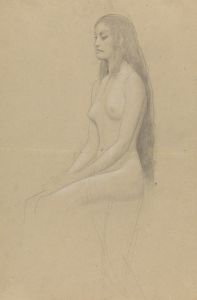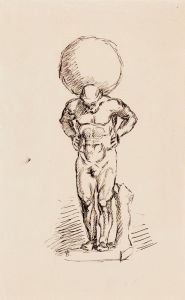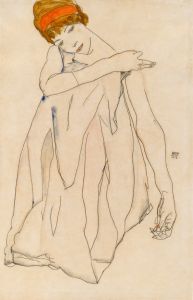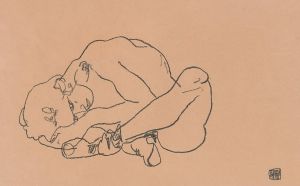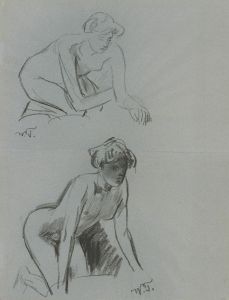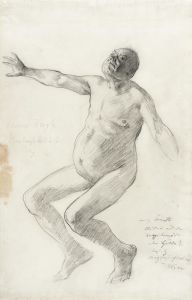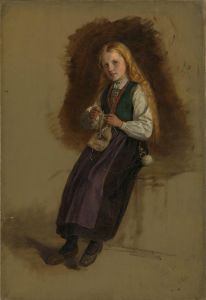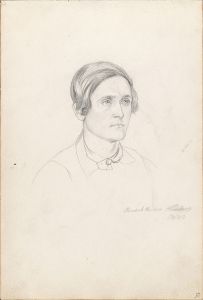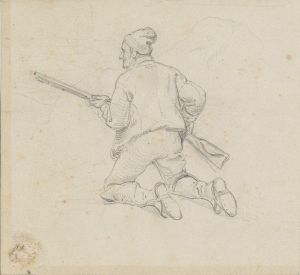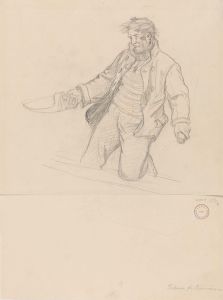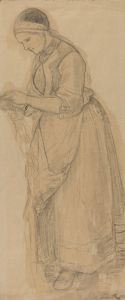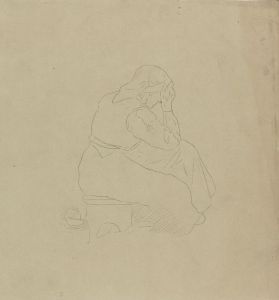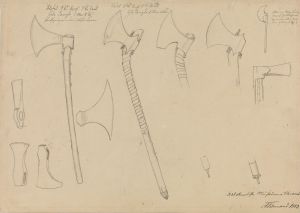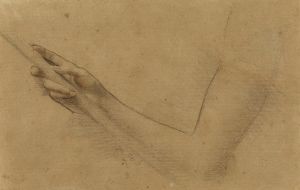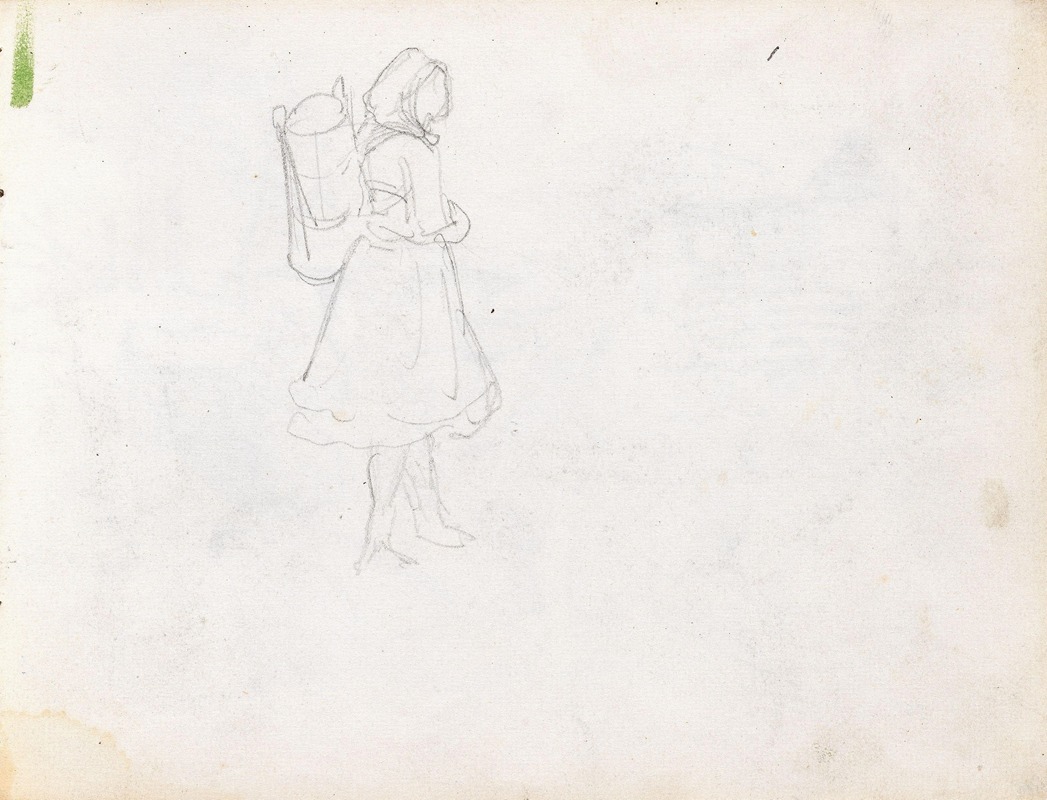
Figurstudie
A hand-painted replica of Adolph Tidemand’s masterpiece Figurstudie, meticulously crafted by professional artists to capture the true essence of the original. Each piece is created with museum-quality canvas and rare mineral pigments, carefully painted by experienced artists with delicate brushstrokes and rich, layered colors to perfectly recreate the texture of the original artwork. Unlike machine-printed reproductions, this hand-painted version brings the painting to life, infused with the artist’s emotions and skill in every stroke. Whether for personal collection or home decoration, it instantly elevates the artistic atmosphere of any space.
Adolph Tidemand (1814–1876) was a prominent Norwegian romanticist painter, known for his detailed and evocative depictions of Norwegian folk life and traditions. One of his notable works is "Figurstudie" (Figure Study), which exemplifies his skill in capturing the essence of his subjects through meticulous attention to detail and a deep understanding of human character.
"Figurstudie" is a study of human figures, showcasing Tidemand's ability to render the human form with precision and sensitivity. This work is part of his broader oeuvre that often focused on the everyday lives of Norwegian people, their customs, and their environments. Tidemand's paintings are characterized by their realistic portrayal of rural life, often infused with a sense of national pride and cultural identity.
Adolph Tidemand was born in Mandal, Norway, and received his initial art education at the Art Academy in Copenhagen. He later continued his studies in Düsseldorf, Germany, which was a significant center for art during the 19th century. The Düsseldorf School of Painting, known for its detailed and realistic style, greatly influenced Tidemand's artistic development. His time in Düsseldorf allowed him to refine his technique and develop a style that combined romanticism with a keen eye for detail.
Throughout his career, Tidemand traveled extensively across Norway, gathering inspiration from the country's landscapes and its people. His works often depict scenes from rural Norwegian life, including weddings, religious ceremonies, and everyday activities. These paintings not only highlight the beauty of Norwegian culture but also serve as valuable historical records of 19th-century Norwegian society.
"Figurstudie" fits within this context as a preparatory work or study that Tidemand likely used to perfect his depiction of human figures for his larger compositions. Studies like these were common practice among artists, allowing them to experiment with poses, lighting, and anatomy before committing to a final piece. While "Figurstudie" may not be as widely known as some of Tidemand's larger works, it is an important example of his artistic process and dedication to his craft.
Tidemand's influence extended beyond his lifetime, as he played a crucial role in the development of Norwegian national romanticism in art. His works are celebrated for their contribution to Norwegian cultural heritage and are held in high regard in various museums and collections, including the National Gallery in Oslo.
In summary, "Figurstudie" by Adolph Tidemand is a testament to the artist's skill in figure drawing and his commitment to capturing the essence of Norwegian life. Through his detailed studies and larger compositions, Tidemand has left an enduring legacy that continues to be appreciated for its artistic and cultural significance.





